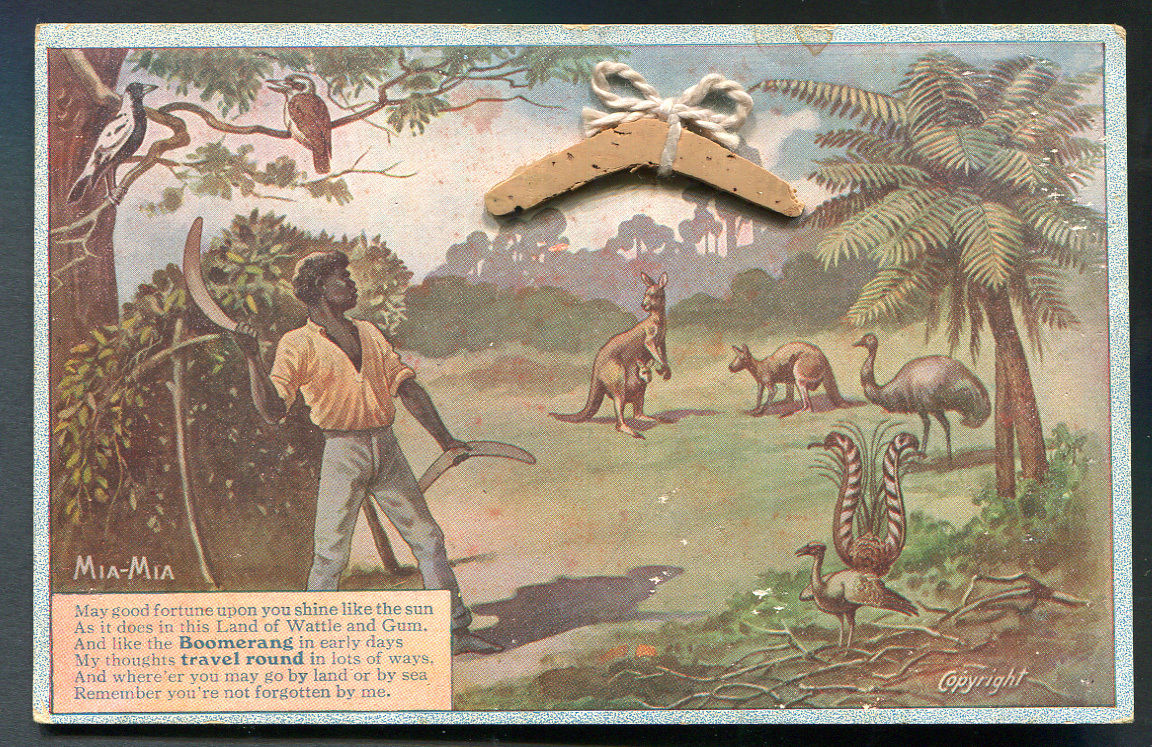Representing Aboriginal Childhood(s)

Wednesday 6 July and Thursday 7 July, 2022
Images of Aboriginal children appear in Australian art, film, and literature, and are drawn upon to explore ideas and hypotheses about the nation’s past, present, or future. From Jedda (1955) to Baz Luhrmann’s Australia (2008), and from Brownie Downing’s paintings of ‘piccaninnies’ to Australian gothic novel Jasper Jones, the ‘Aboriginal child’ is freighted with hope and anxiety about Australia as a settler colony, as ‘White Australia,’ and as a ‘multicultural’ nation. Aboriginal childhood is also represented in news media as a visual backdrop for any item about remote Australia or First Peoples on homelands, as unkempt ragamuffins in need of a bath and a cuddle; or else as incipient criminals in need of punitive correction. These representations bear within them a history of colonisation, throughout which children have been targeted as key sites of intervention and appropriation — the Stolen Generations — as vectors for the erasure of Aboriginal ‘blood’ and culture, and the production of terra nullius. Settler coloniser portrayals of ‘the Aboriginal child’ are thus densely invested with contradictory affects and significances, which disclose far more about settler-colonial identity than they do about the nature of Aboriginal childhood.
First Nations artists, filmmakers, and writers, conversely, have approached the representation of Aboriginal childhood as a process of cultural retrieval and decolonisation of that figure. Destiny Deacon’s reappropriation of ‘Koori Kitsch,’ for example, as well as Tracey Moffatt’s rewrite of the relationship between Jedda and Sarah McMann in Night Cries (1990); Alexis Wright’s ‘Oblivia’ in The Swan Book (2013); and Tony Birch’s exploration of a childhood lived under the Protection Act in The White Girl (2019); Cinematic depictions that present the complexity of growing up Aboriginal in Ivan Sen’s Beneath Clouds (2002)and Warwick Thornton’s Samson and Delilah (2009).
Participants of this workshop are invited to speak to the theme of ‘representing Aboriginal childhood[s]’ by presenting a paper, short story, poetry, or artwork that addresses or responds to, for instance
- the history of the representation of Indigenous children
- histories of Aboriginal childhood under settler colonialism
- First Nations cultural understandings of childhood
- how Western conceptions of childhood interact with colonialism
- the colonisation of childhood in education
- settler-coloniser depictions of Aboriginal childhood in public policy or law
- Aboriginal children and political representation
Dates: Wednesday 6 July and Thursday 7 July, 2022
Venue: C120/121 Function, 25 Wally's Walk, Building C, Macquarie University (main campus)
Attendance and participation is free, but please RSVP for catering purposes, and to advise about allergies or other requirements you might have.
This event is supported by ARC Future Fellowship funding (FT170100210) and Macquarie University DVCR Strategic Research Start-Up Funding, and is co-hosted by the Children's Rights, Participation and Perspectives Research Stream and the Centre for Global Indigenous Futures.
For more information, contact: Joanne Faulkner, at joanne faulkner at mq.edu.au
